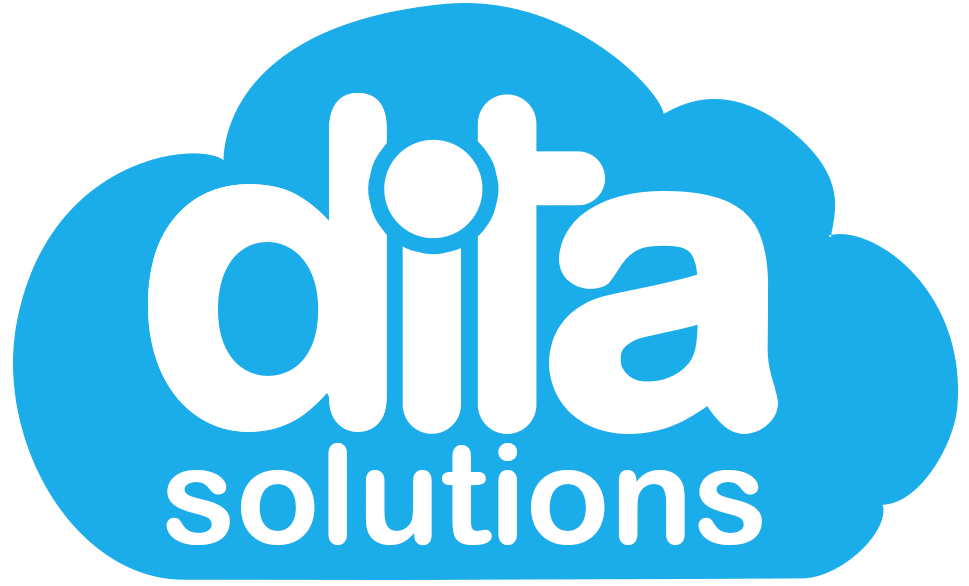Have you ever wondered why online learning has become such a popular choice among students worldwide? In our rapidly advancing digital age, the traditional methods of education are being continuously re-evaluated, and online learning is emerging as a preferred alternative for students of all ages. The sheer convenience and accessibility offered by digital platforms are significant factors driving this change. In this article, let’s explore why online learning is skyrocketing and how it effectively bridges geographical and educational barriers.

The Rise of Online Learning
With the advent of the internet and continuously evolving technology, online learning has gained immense popularity. It’s not just a wave that is passing by but, rather, a substantial change in how education is being delivered and consumed. The popularity of online learning has skyrocketed due to the flexibility it offers, appealing to both students and educators.
Popularity and Demand
Traditional universities and educational institutions have recognized the profound impact of technology and the internet on education. The shift to incorporate online learning modules has been significant. Now, it’s commonplace for universities to offer entirely online courses alongside their traditional programs. This adaptation has led to a notable increase in demand for online learning, as students seek more flexible schedules to balance education with personal and professional responsibilities.
Benefits of Online Learning
The advantages of online learning extend beyond mere convenience. It transforms the landscape of education, offering various benefits that enhance the learning experience. From flexibility to accessibility, let’s dive into the specifics of why online learning is such a beneficial mode of education.
Convenience and Flexibility
One of the most celebrated aspects of online learning is its convenience. You can learn at your own pace, wherever and whenever it suits you. This is particularly beneficial for those juggling work, family, and education. The traditional notion of education bound by four walls and a strict timetable is being challenged. Instead, you can tailor your learning experiences around your individual needs.
Accessibility from Anywhere
Online learning bridges geographical barriers. You can access world-class courses and educators from anywhere on the globe. Whether it’s an Ivy League university or a specialized institute halfway across the world, educational opportunities are now at your fingertips without the need for an expensive move or lengthy commutes.
Enhanced Engagement and Interaction
Digital learning platforms often utilize a wide range of technologies such as multimedia, virtual reality (VR), and augmented reality (AR). These tools can hugely enrich the learning experience, making it more engaging and interactive. What could be more fascinating than attending a virtual reality field trip or engaging in an augmented reality laboratory experiment?
Reaching a Global Audience
Online learning platforms open up education to a global audience. Cultural exchange and diverse perspectives enrich the learning environment. Engaging with peers from different parts of the world can broaden your understanding and provide insights into various cultures and ideas, enhancing the learning experience beyond traditional academic boundaries.
Opportunities within Online Learning
Online learning is about creating new opportunities for various learner types and expanding the traditional classroom’s confinements.
Participation and Engagement for Shy Students
For many, traditional learning can be intimidating, especially for shy or introverted students. Online platforms provide an environment where these students can thrive. The chance to participate in class discussions and online forums allows them to express ideas without the fear that often accompanies speaking in a crowded room. This can lead to increased participation, retention rates, and overall satisfaction with their learning experience.
Challenges of Online Learning
With advancements come challenges. Online learning requires teachers and students alike to adapt to a new mode of interaction and engagement.
Transitioning from Traditional Methods
Teachers who are accustomed to traditional classroom methods may face a steep learning curve when adapting to online teaching. They must develop new skills and strategies to help effectively deliver content and engage students in a digital setting. It’s not just about transferring content online but creating an enriching environment conducive to learning.
Adapting Courses for Effective Interaction
Online courses need to be designed thoughtfully to ensure effective student-teacher interaction. This involves understanding individual learning abilities and adjusting teaching methods accordingly. The challenge lies in creating a learning experience that is as personal and interactive as a face-to-face classroom session.

Overcoming Technical and Infrastructural Barriers
While online learning has immense potential, it’s crucial to recognize and address the technical and infrastructural barriers that might hinder its effectiveness.
Basic Computer Skills and Internet Access
Online learning demands a basic level of computer literacy and reliable internet access. Unfortunately, this isn’t available to everyone, particularly in rural or underdeveloped areas. The gap in accessibility can widen educational disparities unless concerted efforts are made to bridge this gap.
Research on the Effectiveness of Online Learning
There is an ongoing debate about the effectiveness of online learning compared to traditional in-person education. While it provides undeniable flexibility, is it equally effective in imparting knowledge?
Flexibility vs. In-Person Learning Effectiveness
Research indicates that while online learning offers unmatched flexibility, it may not match in-person learning’s effectiveness for all students. Some learners thrive in a traditional classroom setting where direct support and real-time feedback are readily available. The challenge lies in ensuring that online learning platforms can adequately meet diverse educational needs.

Conclusion: The Varied Impact of Online Learning
In conclusion, online learning is a transformative force in education. It offers undeniable benefits for student populations that are average or efficient in their studies. However, for academically weaker students who require more attention and direct guidance, online learning might be challenging. Success in online learning often depends on the student’s nature, the subject matter, and the adaptability of educational material to this digital format.
Looking Forward
As we move forward, recognizing both the potential and the limitations of online learning is crucial. Our continuing challenge is to refine these platforms to ensure they are inclusive, effective, and accessible to all, transcending geographical and economic barriers. Balancing technology with the human touch remains the key to unlocking online learning’s full potential.
In your learning journey, remember that the power of education is now more in your hands than ever. Whether engaging in online courses for personal growth or professional development, the freedom and options available are plentiful. So, what educational journey will you embark on next?
